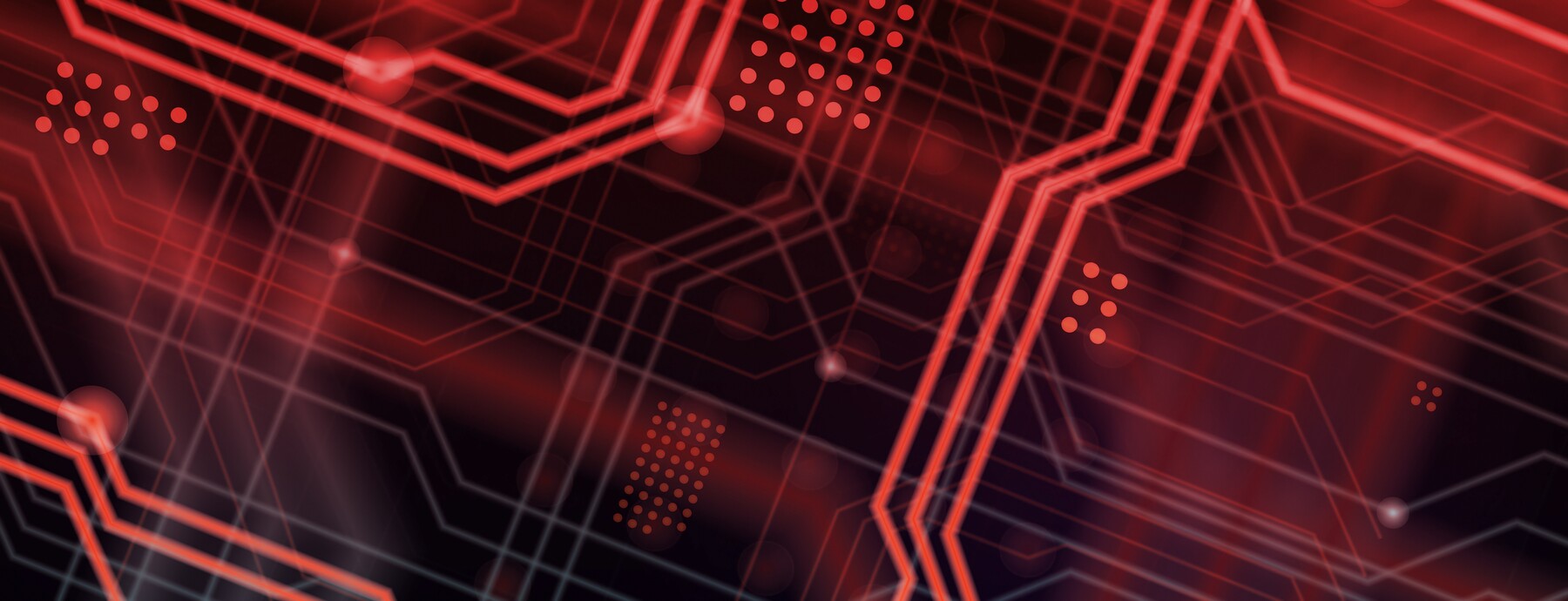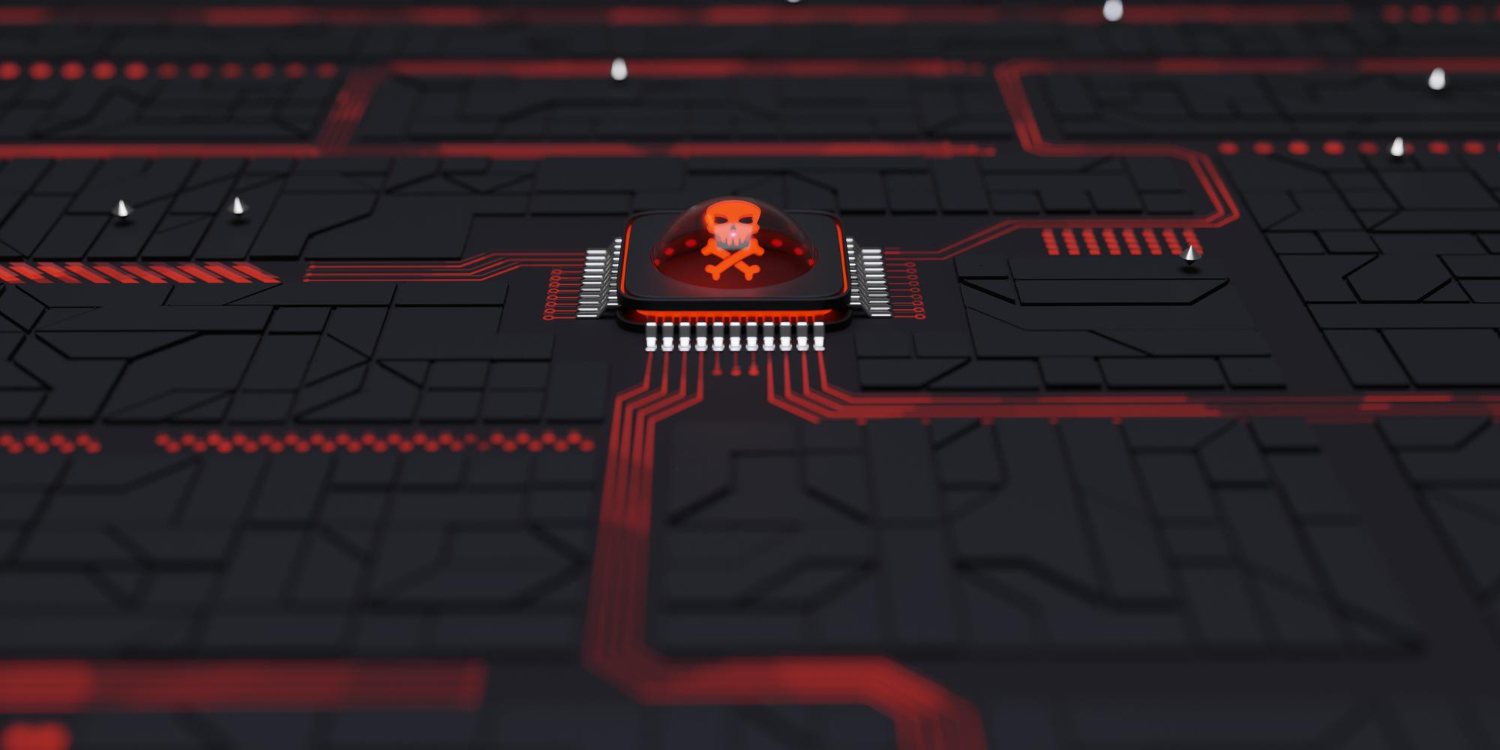17 Dec 2025
Understand how the 700Credit data breach developed, and the key lessons security teams should take from this incident.
17 Dec 2025
The strategic funding from international investment firm Vitruvian Partners will advance the company’s platform, helping organizations rapidly transform threat data...
15 Dec 2025
Learn about the React2Shell vulnerability and how it affects your business. Get practical remediation advice from Outpost24 experts.
10 Dec 2025
Today marks Microsoft Patch Tuesday for December 2025. This month, 57 vulnerabilities have been addressed, including three zero-day vulnerabilities, one...
09 Dec 2025
The strategic acquisition strengthens market leadership by unifying user identity with device trust, eliminating security blind spots. STOCKHOLM / PHILADELPHIA...


